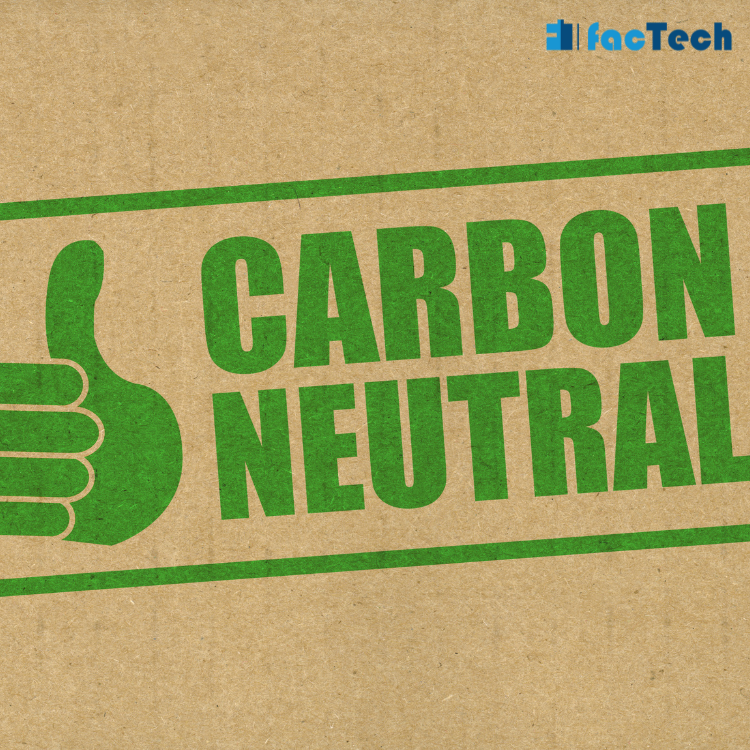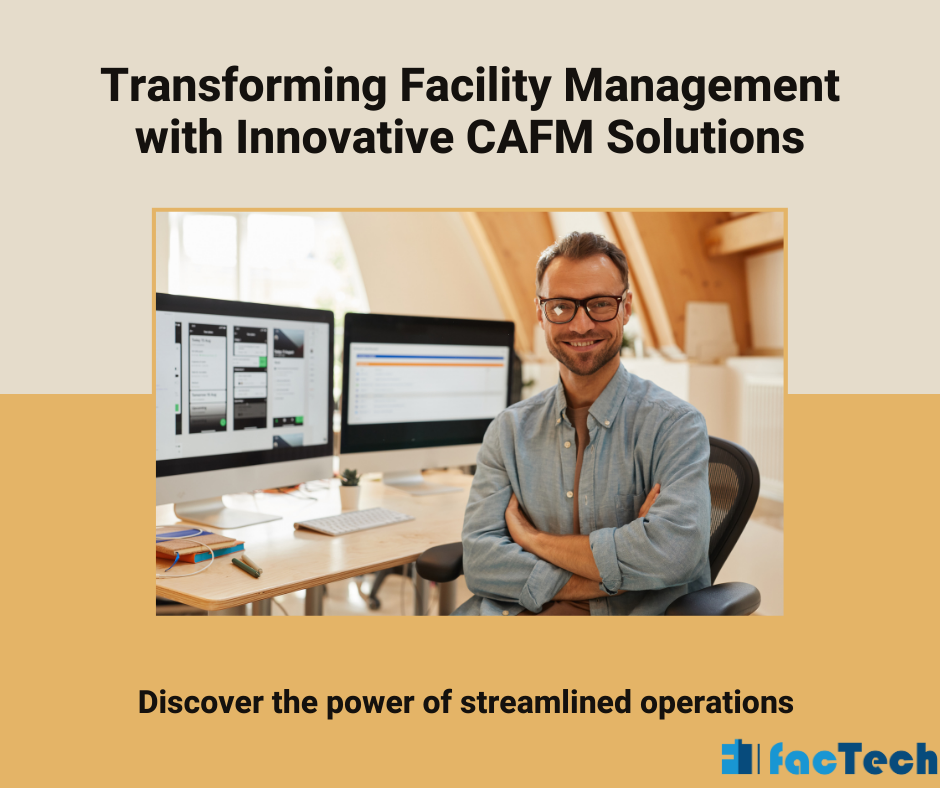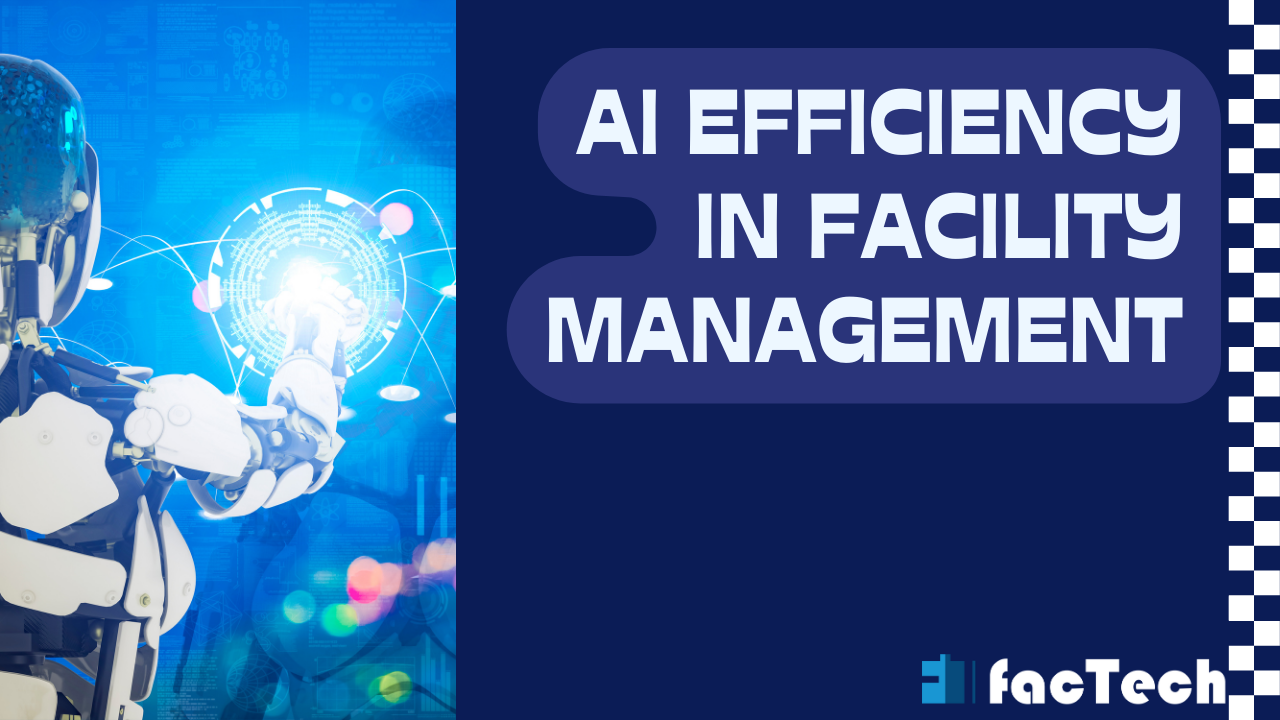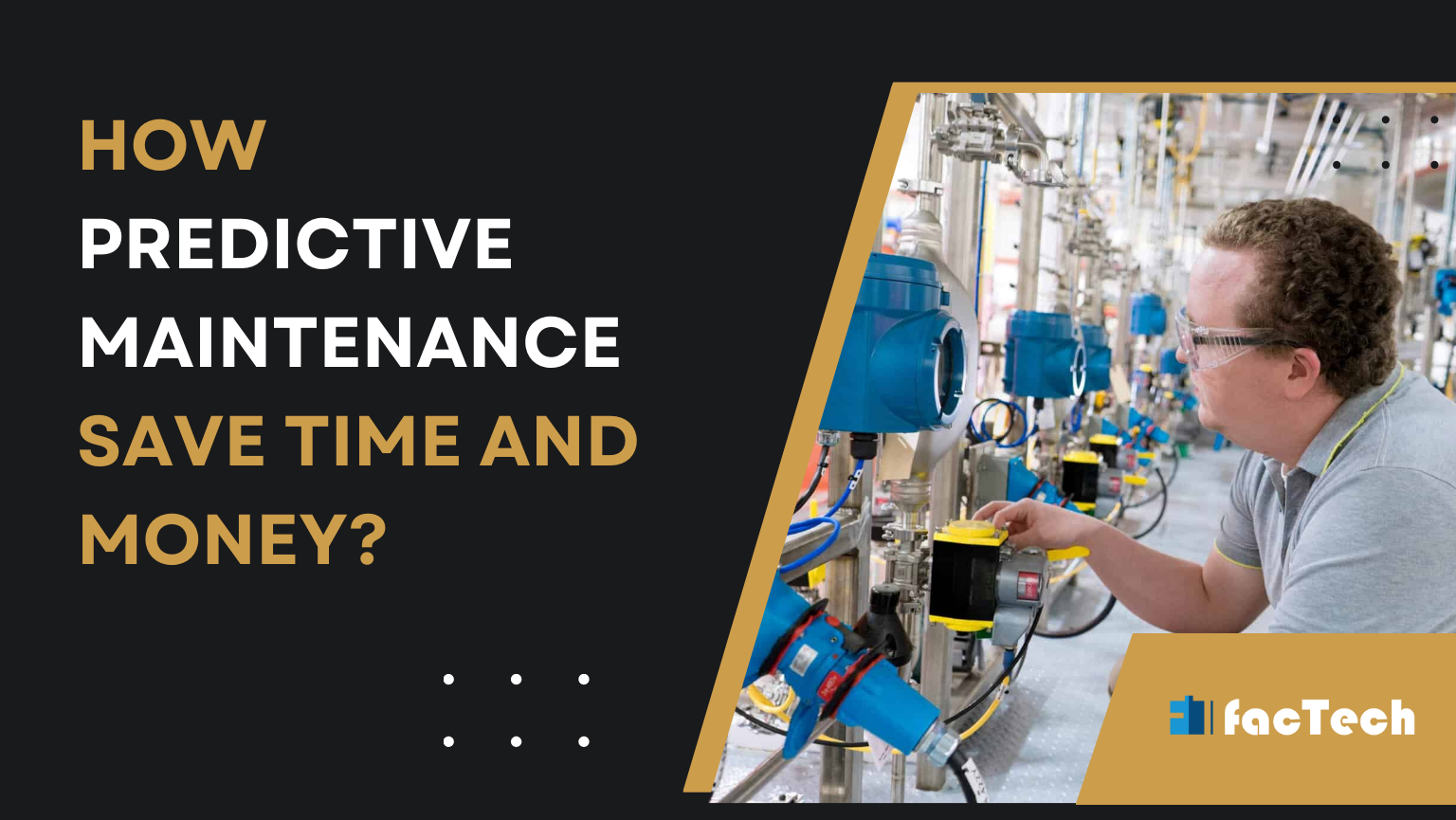Truth of Net Carbon Neutrality in a Building
Earth is reeling with climate change, global warming and environmental pollution. We know that it’s not news but as a facility manager you must know that buildings are major contributors to this havoc. According to the World Green Building Council (2021), the construction sector accounts for a whopping 40% of global GHG emissions. Are you stunned? The repercussions of increased energy consumption are escalating and businesses need to combat this through strategic sustainability strategies. There’s a growing enthusiasm for net carbon neutrality in a building. But what’s it actually and how can it be achieved? Let’s explore.
What’s the Deal with Net Carbon Neutrality in a Building?
European Parliament defines carbon neutrality as a balancing act between carbon emission and absorption in carbon sinks. The global GHG emissions will thus have to be counterbalanced by carbon sequestration. Let’s understand this in simpler words.

Net carbon neutrality in a building is the concept of equating your building’s carbon emissions to the emissions it offsets. The net carbon footprint? It would become zero! The three pillars of this design concept are as follows-
Reducing Carbon Emission of a Building
The first step to achieving net carbon neutrality in a building is to control the GHG emissions as much as possible. There’s a plethora of ways to do this.
You can opt for energy-efficient building designs. The layout of the plant can be set such that the need for artificial light and HVAC systems is minimized. Moreover, you can consider integrating solar panels, wind turbines and other renewable sources of energy into your buildings to curb the carbon footprint. The efforts shouldn’t stop here.
You must ensure that the energy wastage in your premises is minimal. Intelligent building systems like lighting controls, smart thermostats, energy-saving appliances etc. can be installed for this purpose.
Read more: 7 Reasons to Save Energy in Buildings
Offsetting Carbon from the Atmosphere
Yes, you read that right! You can achieve this goal by investing in projects to remove an equivalent amount of CO2 from the air. How come? Well, let’s find out.
You can invest in reforestation/afforestation to absorb GHG from the atmosphere through natural plant growth. Another way is to build CCS structures to capture emissions from your plant and store them underground. Since it’s not possible to completely curtail your GHG emissions, you can try to offset an equivalent amount from the environs.
Carbon Sequestration by a Building
Another aspect of achieving net carbon neutrality in a building is to indulge in carbon sequestration. You can consider incorporating green roofs in your building design. The vegetation helps to sequester CO2 through photosynthesis. Moreover, construction materials like CLT and other wood products serve as carbon sinks as well.
Is Net Carbon Neutrality in a Building Achievable?
Now, let’s unravel the truth of building carbon neutrality. Is it achievable at all?
#1 Juggling Operational and Embodied Carbon Emissions in a Building

Let’s delve into the first truth about net carbon neutrality- operational vs. embodied carbon. You must be thinking about developing energy-saving methods like lighting and HVAC controls to minimize operational energy consumption. Well, that’s a great thought.
However, to achieve carbon neutrality in your built environment, you’ll have to think beyond that. Embodied carbon emissions stem from the construction of your buildings.
To combat this, you’ll have to choose low-carbon materials that we previously talked about. In essence, you’ll have to keep a check on both operational and embodied carbon emissions.
#2 One-Size-Fits-All Concept is Busted
Another truth is the absence of a universally applicable set of guidelines for achieving carbon neutrality in your buildings. The energy consumption and carbon emission pattern of your building significantly differs from the others.
Moreover, the geographical region and local regulations influence sustainability strategies as well. Wait, there’s more to this! The technologies we talked about to achieve net carbon neutrality in a building might not be available in your region. Therefore, you’ll also have to take into account the technological constraints.
#3 Challenges in Building Collaboration
Collaboration amongst architects, occupants, management, engineers and other key building stakeholders is also one of the challenges facing net carbon neutrality. Your business will have to align its needs and goals well with that of this bunch of people.
You have to take the initiative and highlight the manifold financial and social benefits of net carbon neutrality in the building to ensure seamless planning and building construction.
#4 Budget Considerations
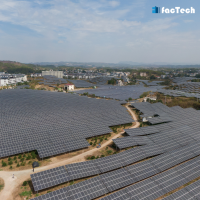
One of the biggest challenges in net carbon neutrality measures is your financial constraint. All the sustainable designs like green rooftops, carbon sinks and eco-friendly materials need substantial investments.
You cannot expect immediate returns on this investment and your money gets tied up for a long time before the results become visible. You can do your research to avail different government incentives on tax credits targeted for sustainability initiatives.
#5 It’s a Long-Term Sustainability Practice
Achieving net carbon neutrality in a building demands continuous monitoring and maintenance. You have to ensure that the sustainability strategies are implemented throughout the building’s lifecycle.
You must consider the use of eco-friendly materials for building construction followed by energy-saving measures in day-to-day operations. It’s a long-term commitment requiring sustained efforts like encouraging occupants to imbibe green practices.
Read more: What are Sustainable Building Practices?
Summing It Up
To sum up, the truth about net carbon neutrality in a building is that it’s a context-specific and specially tailored strategy. You’ll face numerous challenges from financial constraints to resistance from stakeholders. But with proper innovation and awareness, you can achieve net zero carbon emissions in your built environment.
